Sourdough and sour cultures have been used for baking since the time of the ancient Egyptians.
Sourdough can be categorised into three types: Type I – naturally present active bacteria and yeasts; Type II – selected active bacterial cultures; and Type III – inactive bacteria in a pre-made concentration.
The type to use depends on the product you want to make and the production process. Type I can be difficult to handle and needs consistent care in terms of refreshing the sour culture and how it is stored, to ensure it does not grow any unwanted bacteria. Type II will give a consistent flavour profile and is used to improve the quality of the product. Type III is a dried preparation added to boost the product’s flavour profile. Types II and III need baker’s yeast to be added for fermentation.
Nathan Giles, senior bakery technologist, Campden BRI
Campden BRI provides technical support to the food, drinks and allied industries worldwide. Its activities are built on a programme of industrial relevant research and innovation steered by industry. See campdenbri.co.uk or telephone 01386 842000







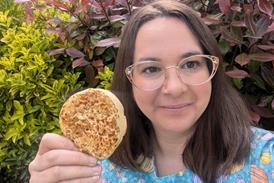
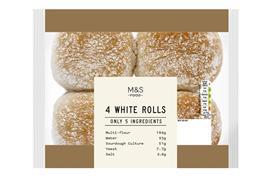
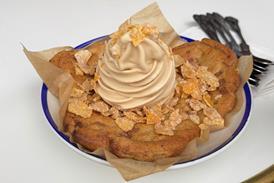


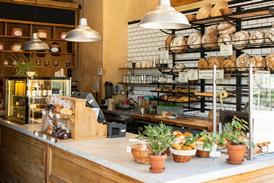



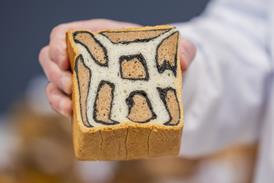

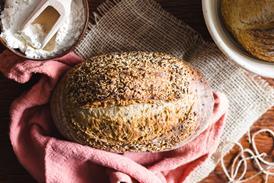
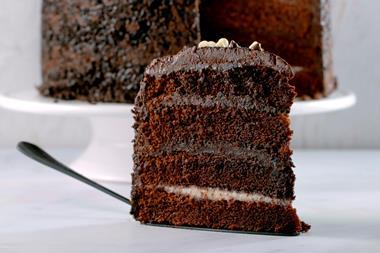
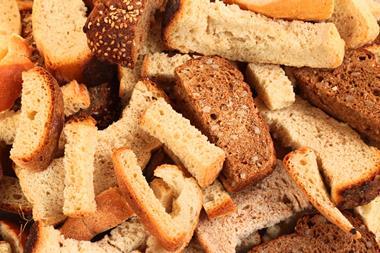


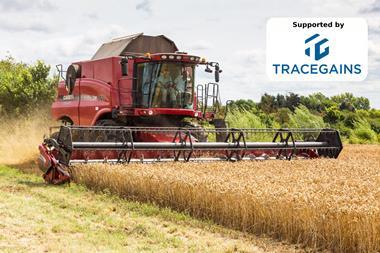
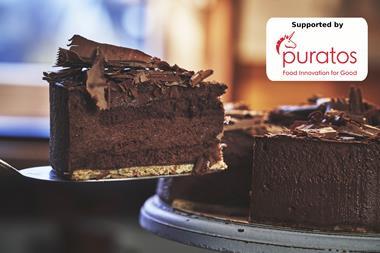

No comments yet